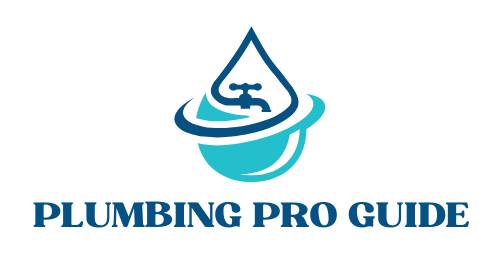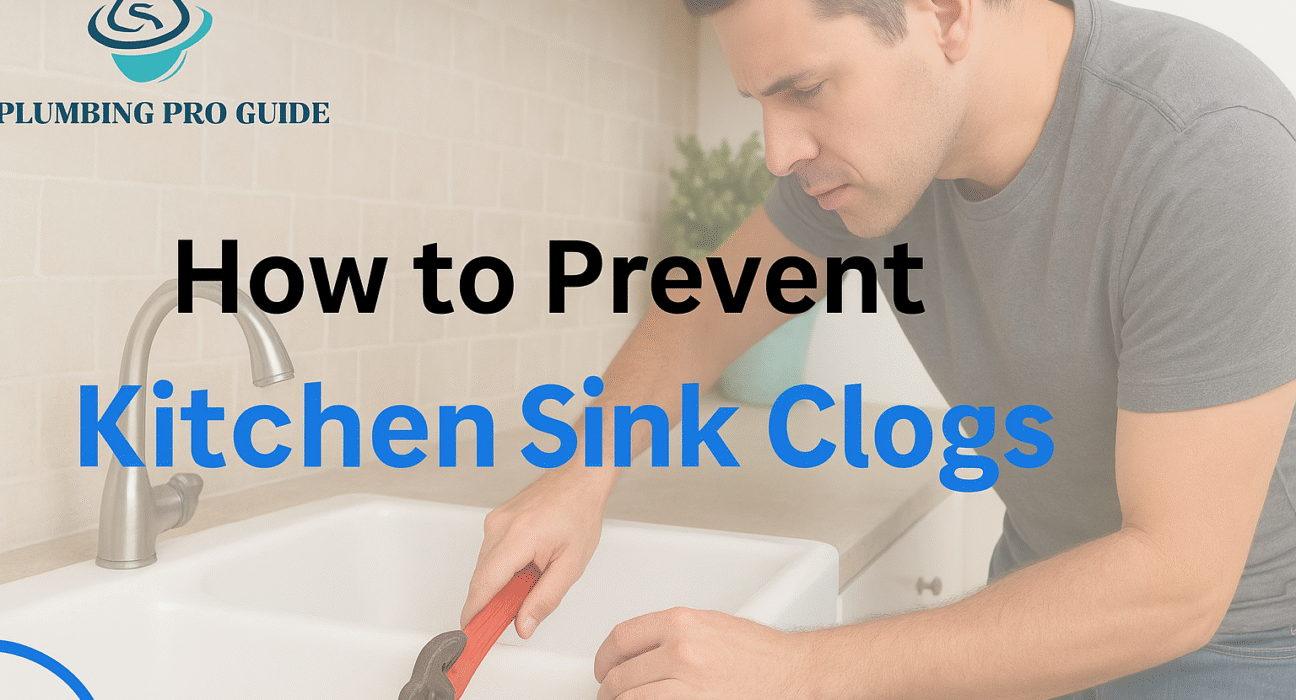Learning how to prevent clogged kitchen sink issues saves money, protects your plumbing, and keeps dirty water from backing up into your home. Most kitchen clogs don’t happen overnight; they slowly build from grease, soap scum, and food particles that coat the inside of the drainpipe. Knowing how to prevent clogged kitchen sink problems means fixing the cause, not just reacting when the water stops draining.
Homeowners can avoid most blockages with simple habits, low-cost tools, and occasional maintenance. When the clog is already deep in the line, a professional plumber and proper pipe material make the difference between a quick repair and a full repipe.
In the guide below, you will learn how to prevent clogged kitchen sink, why that happens, and when you should get professional help.
Why Kitchen Sinks Clog (and How to Prevent It)
The kitchen sink collects more grease, food waste, and detergent residue than any other drain in the house. Even with a garbage disposal, the wrong scraps can accumulate and form layers that eventually harden inside the P-trap or drain line.
Here are the 5 biggest clog creators, and also tips on how to prevent clogged kitchen sink.
| Clog Source | Why It Causes Build-Up | Preventive Action |
| Grease & oils | Hardens and sticks to pipe walls | Pour into container, trash it — never down drain |
| Rice, pasta, bread | Expands with water, forms paste | Scrape plates into trash bin first |
| Coffee grounds | Clumps inside drain over time | Compost or throw away — don’t rinse |
| Fruit/veg peels | Fibers wrap inside disposal | Use compost or trash instead |
| Soap scum + detergent film | Binds to grease and food | Flush drain weekly with hot water + dish soap |
Best Ways to Keep the Drain Clear
You wanna know how to prevent clogged kitchen sink? Use this homeowner maintenance routine once a month:
-
- Boiling-water flush – Pour a full kettle of boiling water down the drain to melt grease build-up.
- Baking soda + vinegar – 1 cup baking soda, followed by 1 cup white vinegar. Let foam for 10 minutes, then flush with hot water.
- Drain basket strainer – A $6 stainless basket catches 90% of food particles.
- Enzyme drain cleaner – Safe for plumbing and septic systems, unlike harsh chemical cleaners that eat pipe walls.
- Annual P-trap cleaning – Loosen the slip nut, remove the trap, dump debris, reinstall.
If your pipe is cracked or worn, learn how to replace drain pipe under kitchen sink with our simple walkthrough.
How to Prevent Clogged Kitchen Sink by Choosing the Right Pipe Material
Many kitchen clogs actually start inside old pipes, not at the sink. The material in your home’s plumbing determines how easily grease sticks, how fast corrosion develops, and how often blockages return.
| Pipe Type | Pros | Cons | Lifespan |
| Copper | Durable, heat-tolerant | Corrosion from acidic water, expensive to replace | 50–70 years |
| PEX | Flexible, no corrosion, easy to install | Can’t be exposed to UV light | 40–50 years |
| PVC | Smooth inner surface, cheap, great for drains | Can crack with age or impact | 25–40 years |
Homeowners comparing plumbing pipe material often ask about copper vs PEX home plumbing. Copper is rigid and long-lasting but corrodes over decades. PEX costs less, installs faster, and resists freeze expansion. Many plumbers now recommend PEX for repipes because it eliminates the corrosion that leads to recurring kitchen sink clogs.
If you’re planning a future remodel or replacing damaged drain sections, PEX offers two major advantages:
How to Prevent Clogged Kitchen Sink with Smart Daily Habits
Small changes in daily use make the biggest difference. Never put these items down a kitchen drain, even with a garbage disposal:
Coffee grounds
Eggshells
Pasta, rice, noodles
Cooking oil, grease, butter
Fruit peels or seeds
Paint, chemicals, or grout water
A single cup of grease can cool and turn into a pipe-blocking layer thicker than glue. A $2 grease jar prevents a $250 drain-clearing service call. Also, lower cost per foot and your interior surface will be smoother, which resists buildup.
DIY vs Professional Help
DIY Fix
-
- Clearing a P-trap
-
- Baking soda + vinegar maintenance
-
- Installing a drain catcher
-
- Enzyme cleaning treatments
Professional Help
-
- If water backs up into other fixtures
-
- If you smell sewage or rotten eggs
-
- If the clog returns every few weeks
-
- If you’re considering switching from copper to PEX (code compliance required)
This is just one of many insights we share. Visit Plumbing Pro Guide to discover everything we offer.
FAQs
How to Prevent Clogged Kitchen Sink?
If you are looking for tips on how to prevent clogged kitchen sink, here are a few:
1. By keeping grease, coffee grounds, and food scraps out of the drain
2. Using a sink strainer to catch debris.
3. Run hot water after every use.
4. Flush the drain monthly with an enzyme cleaner to break down buildup
5. For long-term prevention, clean the P-trap regularly and use a drain snake before blockage hardens
What pipe material is best for home plumbing repairs?
PEX is the most affordable and clog-resistant option for modern plumbing repairs, especially when replacing old copper or galvanized steel lines.
Can I change from copper to PEX myself?
PEX installation looks simple, but it still requires crimping tools, fittings, and local code compliance. Most homeowners hire a plumber for repipe work.
Does the pipe material affect home insurance or resale value?
Homes with aging copper or polybutylene piping may raise insurance premiums. Homes updated with PEX often gain resale value because buyers prefer low-maintenance plumbing systems.


